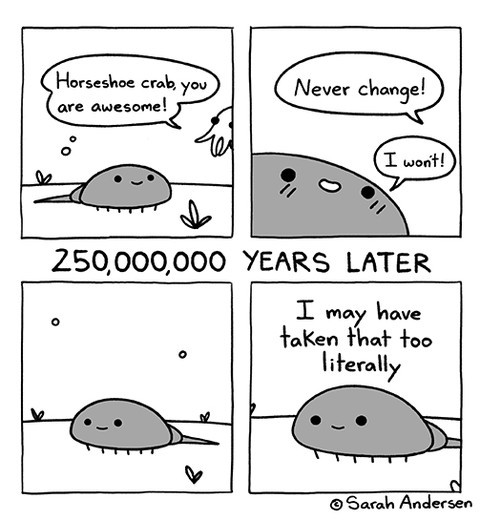this post was submitted on 16 Mar 2024
791 points (98.9% liked)
Comic Strips
12601 readers
3265 users here now
Comic Strips is a community for those who love comic stories.
The rules are simple:
- The post can be a single image, an image gallery, or a link to a specific comic hosted on another site (the author's website, for instance).
- The comic must be a complete story.
- If it is an external link, it must be to a specific story, not to the root of the site.
- You may post comics from others or your own.
- If you are posting a comic of your own, a maximum of one per week is allowed (I know, your comics are great, but this rule helps avoid spam).
- The comic can be in any language, but if it's not in English, OP must include an English translation in the post's 'body' field (note: you don't need to select a specific language when posting a comic).
- Politeness.
- Adult content is not allowed. This community aims to be fun for people of all ages.
Web of links
- [email protected]: "I use Arch btw"
- [email protected]: memes (you don't say!)
founded 1 year ago
MODERATORS
you are viewing a single comment's thread
view the rest of the comments
view the rest of the comments

What it really meant when people talk about living fossils etc is that the morphology of the creature has changed very little. Genetically and on a cellular level there would definitely be a lot of changes from their earlier forms millions of years ago. DNA just doesn't stick around for more than a couple hundred thousand years maximum it seems so it's difficult for us to chart those changes that aren't visible in morphology. Creatures that seem to not change drastically in such long scale time usually have niches and environments that haven't changed drastically in their existence.
Well put. Although on the outside, a creature may seem not to have changed in any recognizable way, mutations nevertheless accumulated in its DNA with each generation. That's why we probably should avoid to use the term living fossil.